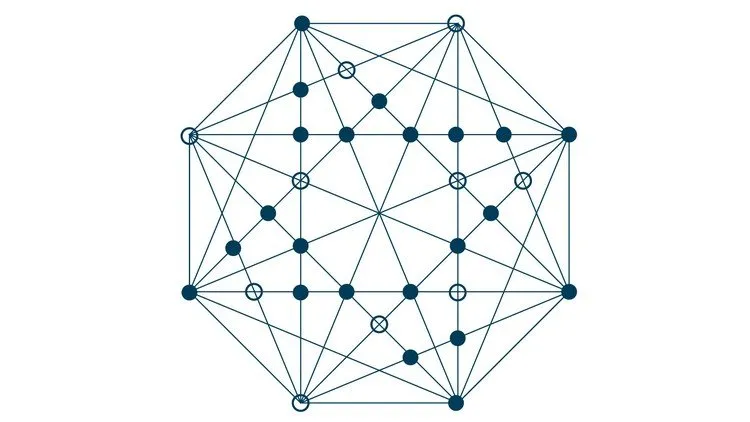Flask Landing - Learn the Python Microframework
Learn Flask Step by Step through Building a Live a Landing Page with Flask and Python 3.6

Flask Landing - Learn the Python Microframework udemy course
Learn Flask Step by Step through Building a Live a Landing Page with Flask and Python 3.6
What you'll learn:
-
Setup Python Flask Development Environment
-
Create a a minimal flask application
-
Debugging flask code
-
Rendering templates
-
Integrating bootstrap with flask
-
Implementing control structures
-
Creating dynamic routes
Requirements:
-
No flask programming experience needed.
Description:
Flask is a flexible web framework written in Python. It's narrow in scope so that means it's much easier to learn.
A web application with Flask can be as simple as 1 function with 4 total lines of code. Regardless of your technical background, what I want that to signal to you is that Flask can be very very small in scope which means a much smaller learning curve. Flask Landing - Learn the Python Microframework Udemy
Of course, you can add all kinds of technology (such as a SQL database), to make Flask even more functional but that's completely optional.
Here's a few use cases of flask:
-
Quick and fast RESTful API service
-
Microservice for offloading tasks from a main app (such as a Django app) to handle all sorts of processing (creating thumbnails, running machine learning, doing web scraping, sending notifications, calculating bills and invoices, and so on)
-
Full fledged Web Application (user login, data storage, user sharing, etc)
-
Integrating into an iot device to control sensors, motors, servos, mics, cameras, and so on.
-
As middleman between services like Shopify and Zapier. (Ie you need to analyze some customer data from Shopify before it becomes a zap?)
-
Anything you can image
Flask, as with many Python Package, can almost do anything you can image. And there's a good chance that someone has already created a package to help your project's development time increase in a big way.
Django vs Flask
These two are compared all the time. At their core, they attempt to accomplish the same thing: web application development. But they do it in very different ways.
First off, remember that Python is flexible so Django and Flask are flexible.
-
Flask can be more flexible but increases development time on larger projects
-
Django cuts long term development time on larger projects
-
Flask is smaller as in file size
-
Django is bigger but has many security features built in (such as CSRF and clickjacking)
-
Django has an ORM
-
Flask can easily be integrated into SQLAlchemy
If you know Flask, learning Django will be easier and vice versa. In fact, once you know any python web framework it's much easier to learn others so you can find the best library that your project needs.
Are you ready to begin?
Let's do this!
Justin
Who this course is for:
- Python developers looking to learn to build web apps
- Data scientists looking to learn to eventually have a microservice for production level machine learning
- Django developers who want to build microservices without the scope of Django
- Tech enthusaists looking to enrich their skills
- IOT Devs looking to have a web app to help handle various sensors and electronic (ie what you learn here you can apply to a Raspberry pi to control stuff)
- Data Structures and Algorithms MasterClass: Coding Interview
- How to Build a Computer from Scratch: The Complete Course
- Master in Wi-Fi ethical Hacking
- REST API Design, Management, Monitoring & Analytics
Course Details:
- 4 hours on-demand video
- Full lifetime access
- Access on mobile and TV
- Certificate of completion
Flask Landing - Learn the Python Microframework udemy free download
Learn Flask Step by Step through Building a Live a Landing Page with Flask and Python 3.6
Demo Link: https://www.udemy.com/course/learn-flask-python-microframework/

